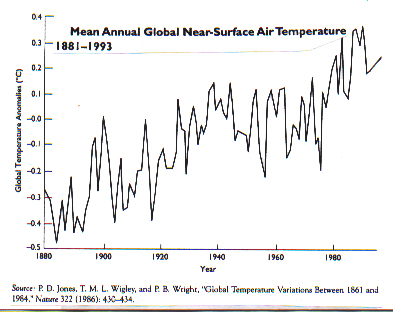 This collection of student work is from Frank Keim's classes. He wants to share these works for others to use as an example of culturally-based curriculum and documentation. These documents have been OCR-scanned and are available for educational use only.
This collection of student work is from Frank Keim's classes. He wants to share these works for others to use as an example of culturally-based curriculum and documentation. These documents have been OCR-scanned and are available for educational use only.Special | A | B | C | D | E | F | G | H | I | J | K | L | M | N | O
P | Q | R | S | T | U | V | W | X | Y | Z | ALL
Get Ready For Some Wild Weather:Get Ready For Some Wild Weather
El Niño, meaning "the Christ Child", was named in the 19th century when Peruvian sailors noticed that every few years around Christmas time coastal waters warmed up and the current shifted southward causing environmental damage. This is a world-wide weather phenomenon that, over the years, has been blamed for droughts and floods, famine, wildfires and thousands of human deaths. Stephen Zebiak and Mark Cane, research scientists at Columbia University's Lamont-Doherty Earth Observatory, have developed a computerized forcast model that correctly predicted El Niño's occurrences in 1982, 1986 and 1991, and pointed to a recurrence in 1998. Now on Zebiak's screen from satellite and sea-surface monitors across the Pacific, his model indicates that El Niño is already beginning. A huge pool of warm water--larger than the United States and some 600 feet deep--was moving eastward toward South America. In June the equatorial trade winds reversed direction from westward to eastward. This last happened in the winter of 1982-83 and, according to the National Centers for Environmental Prediction, it was the most disastrous El Niño of the recent past. Some changes that have already taken place by September are: waters off Northern California were 17 degrees warmer than normal; off the Washington coast, stunned fishermen caught a marlin, a trophy fish that seldom strays that far north; storms were flooding central Chile and heavier than normal snowfalls in the Andes trapped hundreds in the bitter cold. El Niño's vast impact on humans has often been catastrophic. The powerful El Niño of 1982-83 inflicted an estimated $13 billion in damage and claimed about 2000 lives. In Australia day turned into night when a dust storm blanketed Melbourne; then brush fires raged in its wake. Southern India's monsoon fizzled out and crops withered. The same El Niño brought a flurry of typhoons to normally storm-free section of the Pacific, demolishing parts of Hawaii. To me this is mother nature sending a message saying, "You've destroyed me long enough. Now it's time to pay you all back!" Think about it. Rose Lynn Fitka  | |
|



